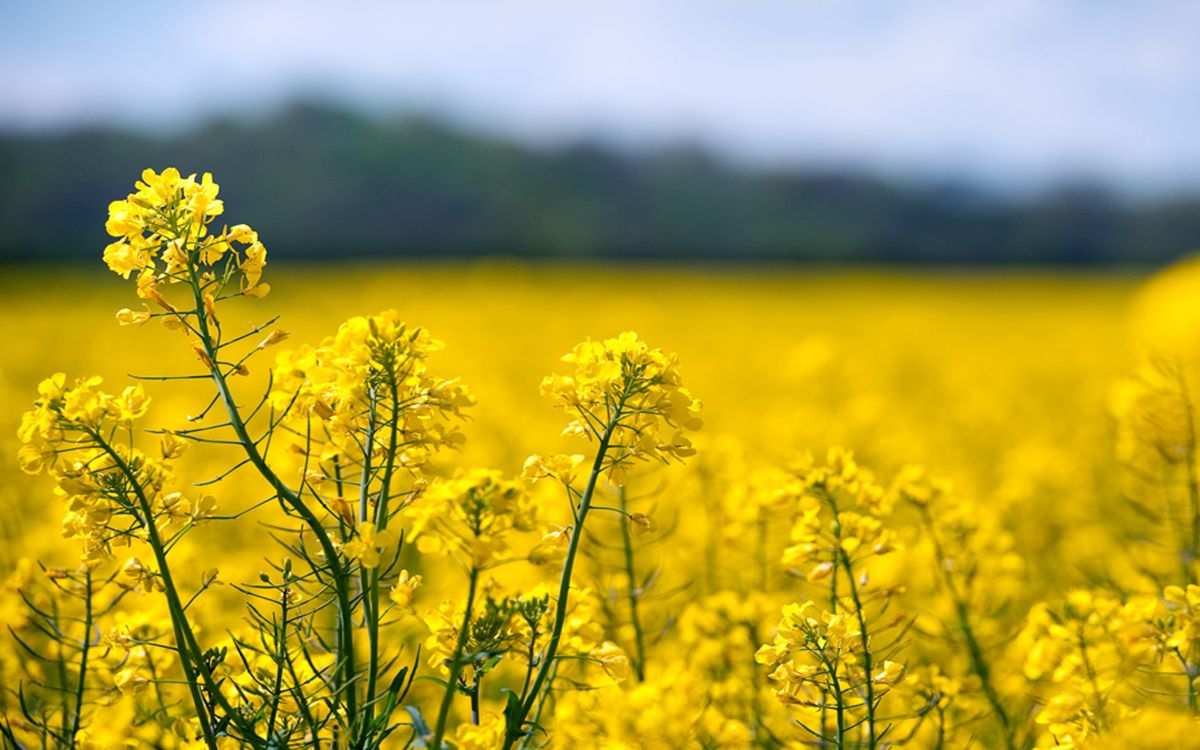
In-field cameras have revealed unexpected predators of two major oilseed rape pests, offering new insights that could improve pest management strategies.
The research, which utilised camera traps, was carried out by Rothamsted Research over a two-year period at two sites in the UK.
It discovered that larval stages of predatory Carabid beetles play a key role in controlling the pollen beetle (Brassicogethes aeneus) and the brassica pod midge (Dasineura brassicae)—both serious threats to oilseed rape.
While ecologists have long relied on camera traps to observe wildlife, their use in studying invertebrates is still emerging.
Traditionally, pitfall traps have been the standard method for monitoring predatory arthropods.
However, the new research highlights a limitation of pitfall traps: they often miss a significant number of predatory beetle larvae, leading to an underestimation of their role as natural pest regulators.
The study’s most significant finding is that these beetle larvae are highly effective predators, emerging from the soil to actively hunt pest larvae at the exact time they fall to the ground to pupate—when they are at their most vulnerable.
This timing, which aligns predator activity with peak pest susceptibility, presents a promising opportunity for more targeted pest control strategies, the researchers say.
Dr Sam Cook, who led the research team, said: “Recognising the importance of predatory beetle larvae in natural pest control, farmers could adopt conservation biocontrol strategies that enhance the presence of these beneficial arthropods.
“Adjusting farming practices to support these natural predators may reduce the need for synthetic chemical pesticides, improving sustainability and biodiversity in agricultural landscapes.”
Rothamsted Research's study also revealed that predator activity varied depending on the time of day.
Predators targeting pollen beetle larvae were significantly more active at night than during the morning or afternoon, with additional peaks observed at dusk and dawn.
This trend remained consistent across both years of the study, suggesting a general preference for nocturnal behaviour, although some predators displayed daytime activity.
Interestingly, the highest numbers of pollen beetle larvae dropped to the ground at dusk, while brassica pod midge larvae were most abundant at dawn.
“These findings highlight the potential of cameras as powerful tools for ecological research,” concluded Dr Cook.
“As farming continues to seek greener solutions, this innovative approach could contribute to improved pest management rooted in nature’s own defences.”
